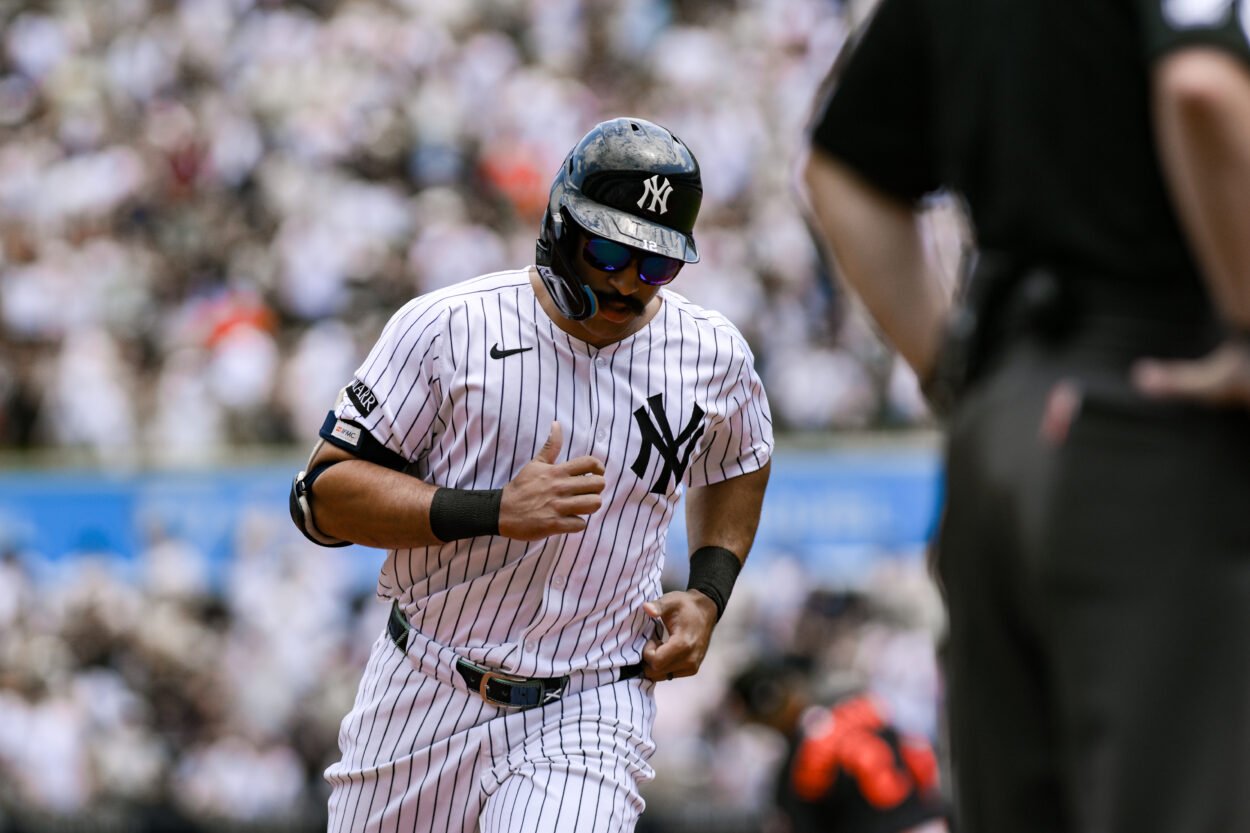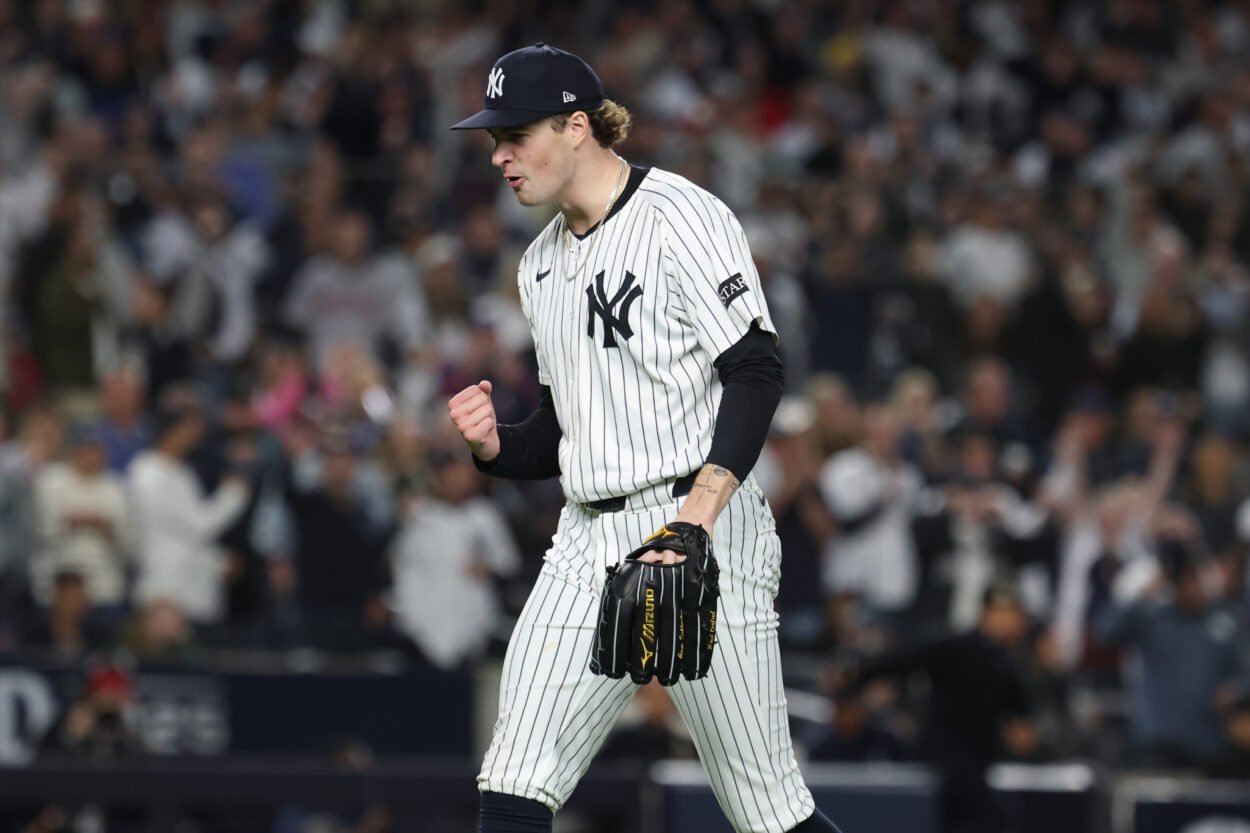
The New York Yankees entered the offseason with nearly $70 million of space before brushing up against the $300 million luxury-tax threshold. That cushion didn’t last long. Trent Grisham’s decision to accept the $22 million qualifying offer on Tuesday immediately cut that breathing room down to roughly $48 million, reshaping the team’s financial puzzle and forcing them to reassess how aggressively they can spend over the next few months.
And despite that hit, the plan hasn’t changed much. The Yankees are still trying to replicate the exact outfield they rode with in 2025 — expensive pieces and all.
Grisham’s return tightens payroll but stabilizes the picture
Few expected Grisham to accept the one-year deal. He made just $5 million last season, and most around the league believed he’d chase long-term security after a breakout year at the plate. But $22 million is hard to pass up, and now the Yankees must find a way to make that number work within the rest of their offseason approach.

The organization still believes in his upside. Grisham, now 29, is coming off a career year in which he smacked 34 homers and looked like the dynamic table-setter the Yankees always hoped he could be. He’ll likely remain the team’s leadoff hitter heading into 2026, and his left-handed pop plays perfectly in Yankee Stadium.
But there’s no ignoring the risk. Grisham struggled defensively last season, regressing from Gold Glove-caliber impact to one of the worst defensive centerfielders in baseball. The Yankees are betting heavily on a rebound — and paying four times his old salary to do it.
Cody Bellinger remains a top priority
Even with Grisham locked in, the Yankees are still pushing for a reunion with Cody Bellinger. The 30-year-old delivered a strong 2025 season, hitting .272/.334/.480 with 29 home runs across 152 games. His blend of athleticism, defensive versatility, and consistent effort made him one of the team’s most valuable all-around players.
The Yankees trust him. They know exactly how he fits in their clubhouse and their lineup. And they also understand that landing him again is going to be expensive — potentially $150 million or more.
Still, Bellinger remains one of their biggest priorities. Retaining both him and Grisham signals that the Yankees believe their offensive core is already good enough. They aren’t worried about runs. They’re worried about pitching.
The rotation and bullpen still need real attention
If the Yankees emerge from the offseason with the same outfield configuration but added starting pitching depth and bullpen talent, they’ll consider it a win. Their biggest needs aren’t in the lineup — they’re on the mound.
Gerrit Cole, Max Fried, Carlos Rodon, and Cam Schlittler give them a strong backbone, but they need another trustworthy starter and more relief firepower. That becomes harder with Grisham’s salary now on the books, but not impossible.
The challenge will be balancing immediate needs with long-term payroll flexibility, especially with large contracts set to come off the books in 2028.

Running it back comes with real risk — and real upside
Bringing back Grisham and Bellinger means committing somewhere north of $170 million in combined value to two outfielders, one of whom is coming off a defensive collapse and another who will soon be in his early 30s. It’s a bold decision, especially for a team that still needs pitching upgrades to contend in October.
But the Yankees aren’t blindly repeating the past. They’re betting on continuity, comfort, and talent they already know fits the stadium, the roster, and the pressure. If they nail the pitching additions, the offense should take care of itself.
This path may be expensive, and it may be a little risky, but it’s also grounded in logic. The Yankees know what they have — and they believe what they have can win.
